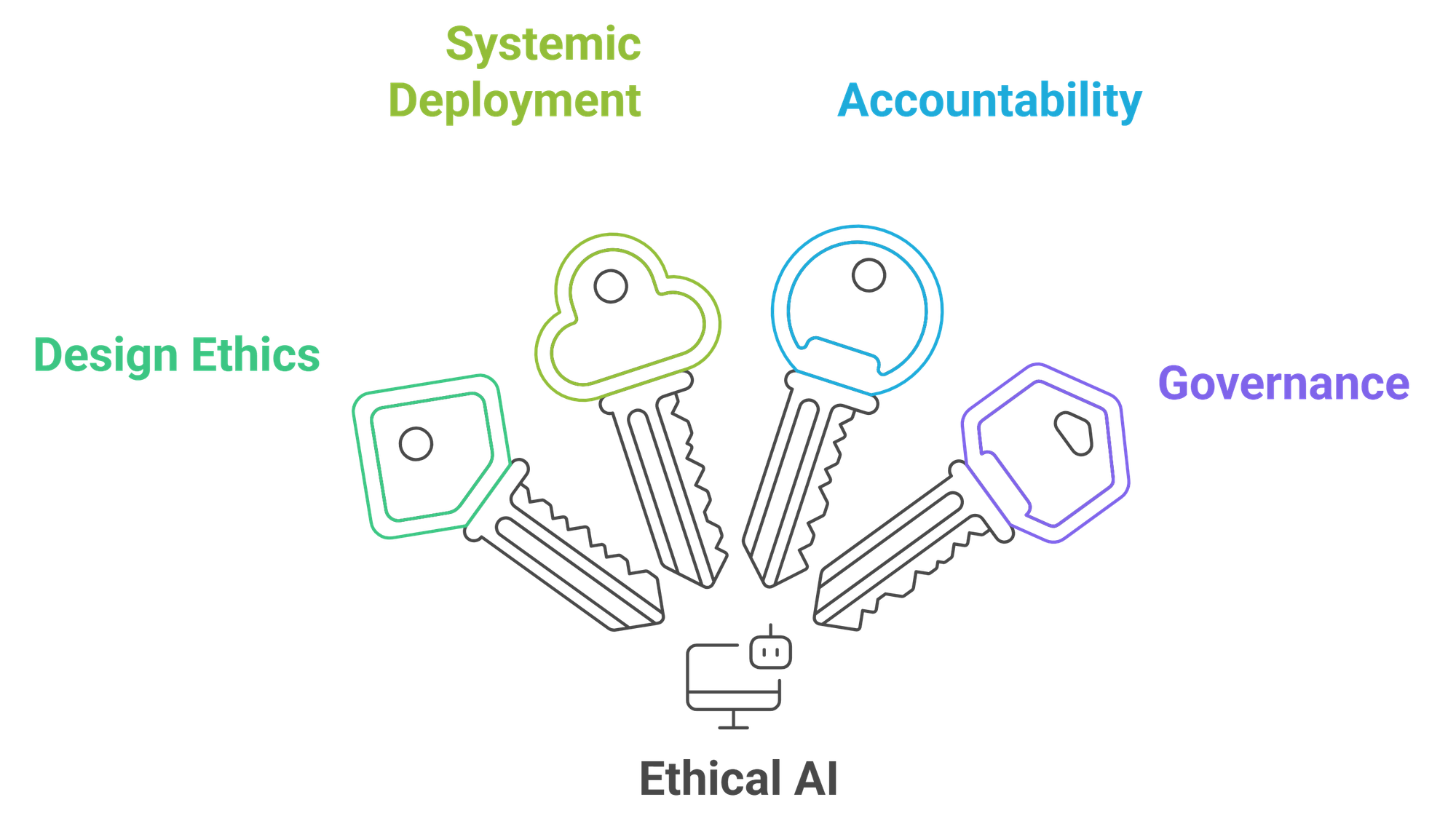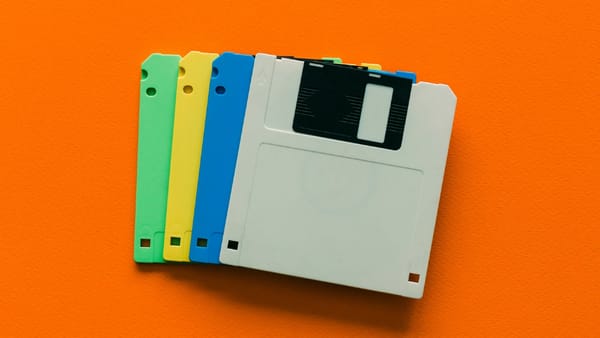What We Miss When We Say "AI is Just a Tool"
Calling AI “just a tool” is false comfort. Tools don’t shape human will; AI does. It influences decisions, creates feedback loops, and demands accountability beyond the hammer analogy.

We’ve all heard the line: “AI is just a tool, like a hammer or calculator.”
It sounds comforting, familiar, simple, and under control. Tech leaders use it in hearings. Executives use it to calm boards. Developers use it to deflect scrutiny.
But it’s wrong. The analogy blinds us to what’s really at stake.
AI doesn’t just extend what we can do. It reshapes how we decide.
The Comfort of False Equivalence
Traditional tools are passive. They wait for human intent. A hammer doesn’t swing itself. A calculator doesn’t choose what to compute.
AI isn’t like that. It runs in the background, adapts to new data, and shapes choices before humans even see them. It filters reality, nudges behaviour, and influences outcomes.
Calling AI “just a tool” dulls urgency and shifts accountability. It reduces something systemic into something handheld, an illusion of control that protects builders more than the people affected.
The label serves a purpose: it lets organisations deploy powerful systems without updating responsibility frameworks.
The “tool” story becomes a shield against harder questions about power and consequence.
What the Analogy Gets Wrong
The hammer comparison fails on four fronts:
Agency → Tools have none. AI acts, recommends, and adapts, sometimes without human initiation.
Opacity → Tools show cause and effect. AI operates in black boxes. Users rarely know how outputs are produced.
Influence → Tools don’t change how you think. AI creates feedback loops that reshape preferences, judgements, and behaviour over time.
Accountability gap → Tools put responsibility on the user. AI framed as a tool dissolves responsibility exactly when accountability matters most.
This isn’t semantics. These distinctions decide how we design, deploy, and govern AI systems.
Real Consequences in High-Stakes Systems
Finance: Credit scoring doesn’t just calculate; it decides who gets capital, housing, and opportunity.
When models use proxies like zip code, “neutral tools” become engines of exclusion.
The algorithm doesn’t just assess; it reshapes markets and neighbourhoods through feedback loops.
Healthcare: Diagnostic systems don’t just help doctors; they shift how doctors trust themselves versus the machine.
Over time, the “tool” drives judgement instead of supporting it, and medical reasoning erodes in favour of algorithmic confidence.
Social systems: Predictive policing framed as “neutral tools” amplifies bias under the cover of data.
More patrols in targeted areas create more arrests, feeding the model’s validation. The tool doesn’t just predict bias; it manufactures it.
In each case, AI doesn’t just execute decisions. It shapes the context in which decisions are made and how those contexts evolve.
The Strategic Tension
Tools are controllable, predictable, neutral, clear extensions of human will.
AI systems are embedded, adaptive, value-laden shapers of human will without consent.
The danger isn’t technical failure. It’s moral offloading. Everyone hides behind the “neutral tool” story while systemic harm grows in the gap between intention and impact.
Engineers say they built what was requested. Product managers say they deployed what was available.
Executives say they optimised with tools. Regulators say they can only govern misuse.
Responsibility evaporates while harm compounds.
Reframing AI
AI is not “just a tool”. It’s a force multiplier of values; whatever ethics, biases, or priorities are embedded will be amplified at scale.
A more accurate framing: AI is an actor in a system. Not fully autonomous, but not passive either.
It participates in decisions, influences outcomes, and shapes future possibilities.
This changes everything:

- Design must embed ethics at the core.
- Deployment must consider systemic effects, not just metrics.
- Accountability must treat AI as a decision participant, not a calculator.
- Governance must define how AI actors behave in critical contexts.
The Responsibility Challenge
The phrase “AI is just a tool” is comforting, but comfort is dangerous.
It allows deployment of powerful systems while accountability frameworks remain outdated.
When tools start shaping the hands that wield them, comfort becomes cover for harm.
This isn’t about stopping AI. It’s about naming what we’re building: systems that participate in decisions, not just support them.
Systems that reshape behaviour, not just respond to it.
The real question: Who is responsible when the “tool” starts shaping its user?
Recognition is the first step toward better design, deployment, and governance.
Until we accept that AI systems are active participants, we’ll keep building for the comfort of creators rather than the needs of those affected.
AI isn’t just in our hands; it’s in our decisions. That’s not a tool. That’s power.
And power, unlike tools, demands accountability.
This space stays independent. If it sparked value, you can fuel the next one ⇢
☕ Buy me a coffee



